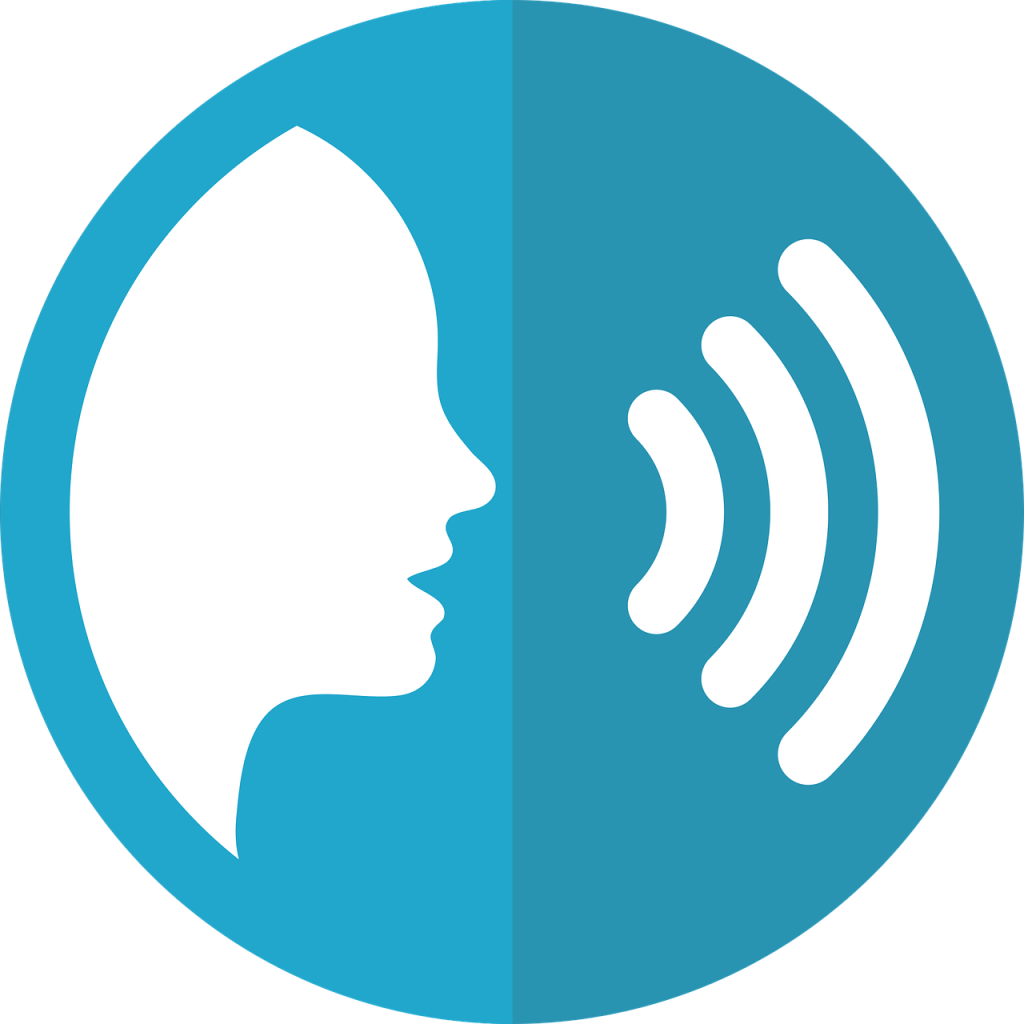AI-based voiceovers and subtitling technologies have made significant advancements in recent years and can provide reasonable results, in certain contexts.
However, it’s worth noting that the quality of AI voiceovers (dubbing) and subtitles can vary widely so it really depends on the level of accuracy required for each setting.
For instance, if you are a novice Youtuber, uploading a few videos just for fun then AI generated dubbing or subtitles will be fine.
But, if you’re planning on using the AI generated subtitles or voiceover in a professional setting, it is probably wise to have them checked for linguistic accuracy, cultural appropriateness and timing, by a human translator.
With demand for dubbing and subtitles on the rise, we have put together the following information and guidelines to help you make the right choice.
AI dubbing and subtitles
AI Voiceovers:
AI voiceover involves automatically generating voice recordings in different languages to replace the original dialogue in a video or film. The quality of AI voiceover is influenced by the following factors:
Naturalness: AI-generated voices have improved in naturalness and expressiveness, but they may still lack the nuance and emotional depth of human voice actors. In some cases, the voices may sound robotic or unnatural.
Lip-sync accuracy: Achieving precise lip synchronization between the dubbed voice and the character’s lip movements can be challenging. While AI algorithms can analyze and attempt to match lip movements, it may not always be perfect, resulting in occasional mismatches.
Language-specific challenges: Some languages have distinct speech patterns, intonations, or cultural nuances that are challenging for AI models to capture accurately. The quality of AI dubbing can vary across different languages depending on the language pairs and available resources for AI development.
AI Subtitles:
AI-based subtitle generation involves automatically transcribing and translating spoken language into written text for viewers to read while watching a video. The quality of AI subtitles is influenced by the following factors:
Accuracy: AI models can make errors in transcribing and translating spoken language, leading to inaccuracies in subtitles. This can result in misinterpretations or incorrect conveyance of information.
Contextual understanding: AI models may struggle with understanding context, sarcasm, humour, idioms, or cultural references, which can affect the accuracy and clarity of the subtitles.
Timeliness and synchronization: AI subtitles may not be synchronized perfectly with the audio or video, resulting in delays or premature display of text.
Choosing AI or human voiceovers and subtitles
Despite the challenges listed above, AI voiceovers and subtitling can offer reasonable results and have significantly advanced over the last couple of years.
AI generated voices are improving, sounding much more realistic now but they still have quite a way to go before they can fully replicate the nuances of human speech.
Deciding whether to choose AI or human voiceover or subtitling for your project largely depends on the following:
• Accuracy – if your project requires high levels of accuracy, for example, engineering training videos for overseas agencies, or medical and legal projects, then dubbing and subtitles created by a human translator are essential. If cost is a major factor in choosing between human or AI but you need good accuracy, consider using a human translator to edit and proofread an AI generated project.
• Context – as with accuracy, the setting or context of your project is likely to dictate whether you choose AI or human dubbing and subtitles. For instance, for media and TV use, AI dubbing is less suitable due to lip-syncing issues. However, for some simple training videos where the narrator is ‘unseen’ automated AI dubbing can be used with good effect.
• Budget – cost often plays a part in decisions about choosing AI or human involvement in a project but it is worth remembering that you often get what you pay for. Choosing a professional language services provider will give you the best results for your money – you’ll also have access to additional language services, quality assurance, and dedicated project managers to assist with every aspect of your project.
As a general guideline, for any project requiring high-quality content or where accuracy is essential, human involvement is vital and automated technologies should be limited in their use.
More information about subtitles and voiceovers can be found on our blog page, or you can contact a member of the Creative Word team here to discuss your project.












